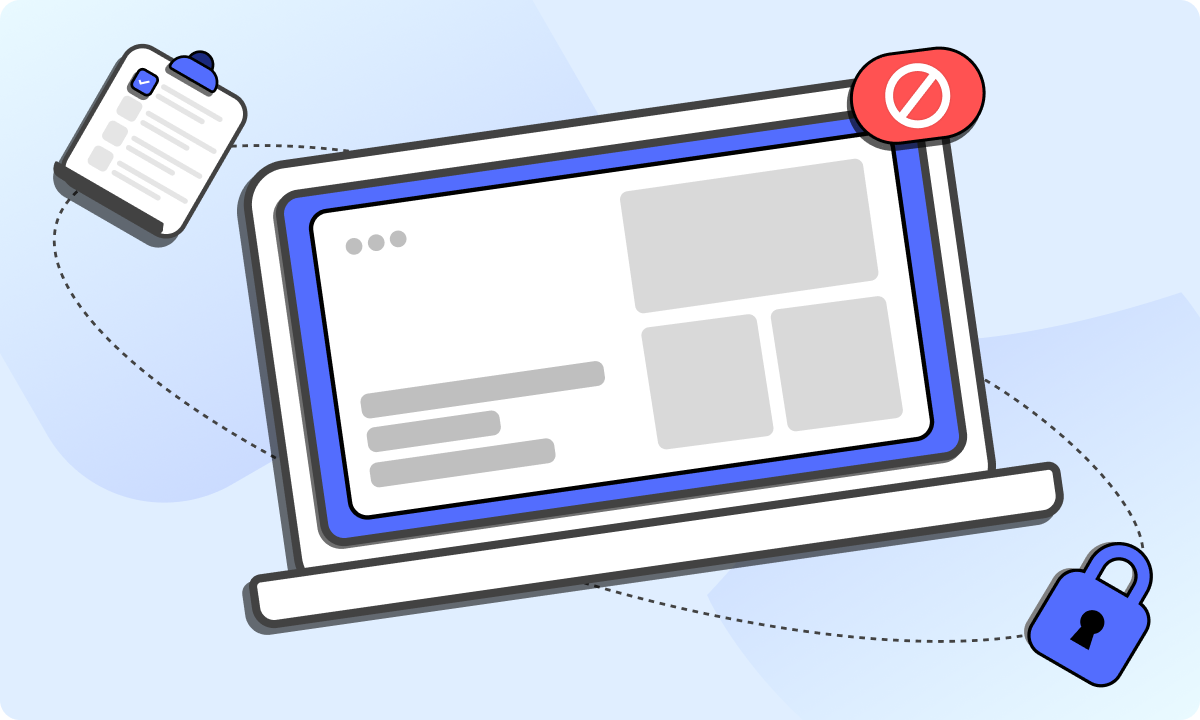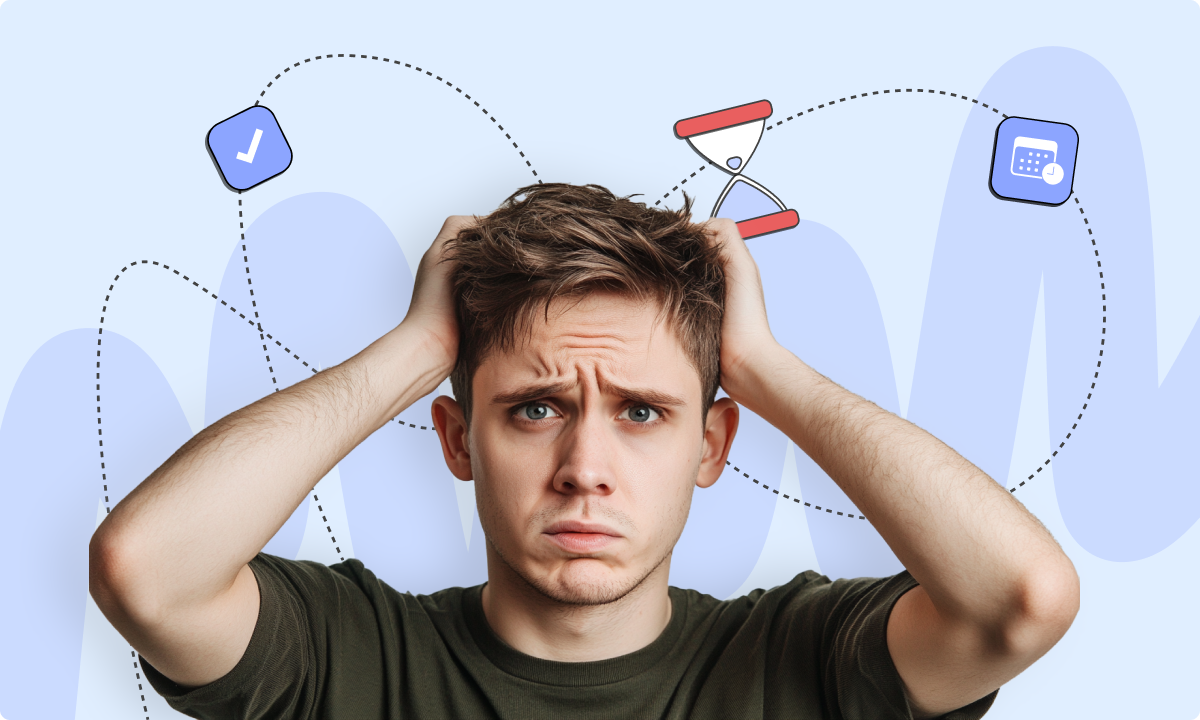Do you want to learn the most effective tips for enhancing your employees’ performance? According to an HRExecutive report, the focus on people analytics deepens as HR leaders turn to employee data in a bid to find new ways of motivating, growing, and retaining workers—and attracting new ones.
Here is a step-by-step guide to practical strategies that will enhance work productivity and raise the level of engagement among members of your team. By implementing these strategies, you would have established a work environment where employees can succeed and make meaningful contributions toward the success of your organization. The following are some of the techniques which will help to bring about improved employee performance.
What is employee performance?
General definition
Employee performance is the measure by which individuals are ranked regarding the completion of assigned tasks, attaining objectives, and contributing towards the organization. It measures how efficiently and effectively employees perform their described roles. It is assessed by various metrics such as:
- Output quality
- Adherence to deadlines
- The degree of collaboration with colleagues
High performance
The staff who consistently work their jobs at high performance go above expectations. Not only do they do the job, but very often, they also outperform in doing the job with superior work and pride of ownership in continuous improvement.
High performers are proactive and self-initiating. They frequently seek ways to develop skills and productivity. Their dedication and resourcefulness play a big role in building positive corporate culture and making the organization very successful.
Low performance
On the other end, low performance is characterized by non-achievement of set objectives, inferior quality of work, and continuous errors. Employees with low performance usually miss deadlines and always require additional supervision. Either lack of motivation, insufficient skills, or poor support might be at the root.
Low performance does not just negatively affect individual productivity but might further trigger negative implications on team performance and hinder better performance at the company level as well.
Why track and improve employee performance?
Tracking and improving employee performance is important for various compelling reasons:
Goal alignment
Ensuring that employee activities are bound to the company’s strategic objectives is important in achieving organizational success. Alignment assists employees in defining the direct contribution their efforts make toward the larger goals of the company.
Productivity
The identification of productivity improvements aids in better resource allocations. Performance gaps can be dealt with and interventions put in place to fill the chasm, hence optimizing efficiency and maximizing output.
Engagement
If workers are highly engaged, they are most likely to be committed, producing high-quality work under higher motives. Performance tracking aids in detecting the level of engagement and thus can introduce schemes that enhance it, such as reward systems and growth opportunities.
Retention
Often, high performers are usually associated with higher satisfaction and thus loyalty. This will reduce turnover. The stability reduces the expense and disruption linked with the continuous hiring and training of new staff members.
Customer satisfaction
Improved performance among employees generally translates to better customer service. When they perform well, employees are in a good position to serve the needs of their customers; hence, high satisfaction and great loyalty among clients are ensured.
Common causes for low employee performance
Low employee performance may be due to various factors; however, the understanding of the base causes forms a basis for developing adequate measures to address them. Some of the factors that may make an employee underperform include:
Unengaging work
Lack of challenges or poor application of employees’ potential leads to the disengagement of workers. Employees are at their best while doing something challenging to their minds and applying their strengths in those roles.
Ineffective onboarding and training
With poor training and onboarding, employees are less capable of delivering. A quality upfront investment in training could have set a strong foundation and better positioned employees for success.
Lack of support
Employees need ongoing support from their managers and colleagues. If this support, in the form of guidance, mentoring, and constructive feedback, does not come, performance can be stifled by frustration and dissatisfaction.
Poor working environment
A hostile or poorly resourced working environment usually kills employee morale and performance. A friendly and well-resourced environment would greatly help in developing high performance.
Personal problems
Sometimes, employees may be occupied with some external personal problems that would lower their focus and productivity level. Help at difficult times can help lessen the effects and help sustain constant performance.
How to improve the performance of the employees
The following are some of the effective means to improve employees’ performance:
1. Effective onboarding and training
Impart customized and engaging training with the help of platforms available for such purposes. Well-prepared employees adapt better to their roles and responsibilities, enabling them to cope with the process of transition smoothly and become productive earlier.
2. Set goals clearly
A great approach that incorporates the SMART framework is in setting specific, measurable, achievable, relevant, and time-bound goals. Goals that are clear and set clearly help employees line up their efforts towards company goals and motivate them to focus better.
3. Recognition and reward
Regular recognition and rewards raise morale, whether monetary or non-monetary. Celebrations of successes will motivate, reinforcing positive behaviors and keeping up the motivational level.
4. Providing feedback
Employees need constructive feedback for understanding their strengths and areas that need improvement. Regular feedback, honest and action-oriented, provides continuous growth and enhances performance over time.
5. Provide continuous learning opportunities
Spend in courses and training programs for skill development. With continuous learning, the workforce will be equipped with relevant and updated skills, which enhance performance both individually and organizationally.
6. Better communication
Make sure there is a clear line of communication at all times so that it does not result in bad communication. Tools that would work well in remote work environments, therefore, help to keep smooth interactions and rid yourself of communication barriers.
7. Using technology
Provide site-blocking tools like BlockSite for distractive websites to help employees remain focused and manage their time effictively.
Optimizing the scheduling feature can also yield increased rates of task completion with enhanced performance.
Choosing a strategy to improve employee performance
The right strategy would depend on the needs of your workforce. The following are some of the things that you can do:
- Conduct surveys or feedback sessions to find out areas that need improvement according to the staff.
- The current performance levels should be assessed. This helps in identifying gaps and setting targets with clarity on which of the strategic goals they will achieve.
- Consider a mix of the above strategies to handle various aspects of performance improvement comprehensively.
- Check regularly whether the strategies are effective and adjust them as appropriate to suit any emerging needs.
Transform your team’s performance today
The process of improving employee performance is multifaceted and needs a solution tailored to meet the basic needs and objectives of the organization: setting clear expectations, continuous feedback, opportunities for learning and development, and tools to maintain focus. This will give you a work atmosphere that promotes high performance. Take these practical steps today, and watch your team’s productivity change like magic—it’s a morale booster.
FAQs
How can an employee improve performance?
They can do this by asking for constructive feedback, following clear goals that they set out to achieve, and using the training opportunities available for them. It also comprises attention to time management and tracing a way of minimizing disorders with the help of certain instruments. This will help them be in a position to work more effectively.
How to ask an employee to improve his performance?
Be specific when addressing the poor performance areas to the employee. Bring out examples, set realistic targets for improvement, and offer training or mentoring. The language of the tone should be constructive and supportive in achieving positive change.
What is an employee performance improvement plan?
An employee performance improvement plan (PIP) is a document that spells out specific goals with corresponding actions for which the employee has to do something about his or her low performance. It commonly contains timelines, resources, and regular check-ins for checking progress and administering support
How does technology help in improving employee performance?
Technology helps block out some of these distracting websites and apps and helps employees concentrate more on the job at hand. This increased focus and better time management thus reflect in the overall performance and productivity.
What are the benefits of regular performance reviews?
Regular performance reviews track progress, identify individual strengths and weaknesses, and set new goals. They provide a platform for constructive feedback and a means to ensure that these goals align with the organizational objectives of continuous development and high performance.





